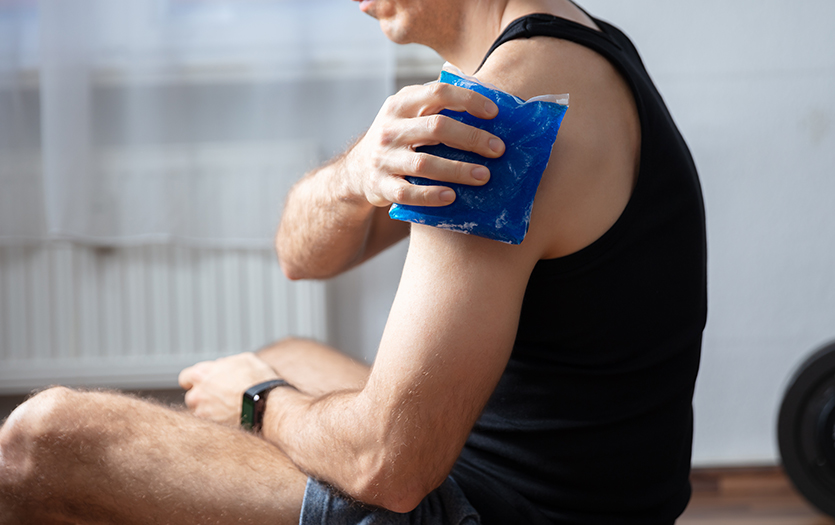Of all the injuries we see athletes suffer, ankle sprains are the most common, with around 28,000 ankle injuries occurring every day in the United States. Lindsey Foust, supervisor athletic trainer, Parkview Sports Medicine, tells us more.
Common causes of ankle sprains include inverting, or rolling, the ankle, landing on another person’s foot after a jump, or planting the foot and twisting. The majority of ankle sprains will involve the lateral structures of the ankle, or the ligaments located on the outside of the ankle. There are three major ligaments located on the lateral side or outside of the ankle: the anterior talofibular ligament (ATFL), the calcaneofibular ligament (CFL), and the posterior talofibular ligament (PTFL).
Typically, ankle sprains can be graded on a scale from 1 to 3, depending on their severity, with Grade 1 being mild, Grade 2 being moderate, and Grade 3 being severe. Grading takes the athlete’s range of motion, pain level, amount of swelling/bruising, and laxity into consideration. An athlete in considerable pain and unable to walk on the injured ankle, should have an x-ray performed to rule out a fracture.
In regards to treatment and healing time, each ankle sprain is different. The use of ice, compression with an elastic bandage, and elevating the foot above the heart can be very helpful in reducing swelling. Non-steroidal anti-inflammatory drugs, such as ibuprofen, can also reduce swelling. Heat should not be applied to an ankle injury that is still swollen, as heat may increase the amount of swelling.
If able, the athlete should begin light range of motion activities, such as spelling out the alphabet with the foot or pumping the foot up and down. Once the athlete is able to walk without a limp, strengthening and balance exercises may be incorporated. An athlete should return to full function when compared to the opposite limb before returning to competition. Taping or bracing the injured ankle may also be helpful in preventing another ankle sprain when returning to play. Consulting an athletic trainer or orthopedic physician in instances of injury should also be taken into consideration.
Reference:
Kaminski T, Hertel J, Amendola N, Docherty C, Dolan M, Nussbaum E, Poppy W, Richie D. National Athletic Trainers’ Association position statement: conservative management and prevention of ankle sprains in athletes. Journal of Athletic Training. 2013;48(4):528-545.




